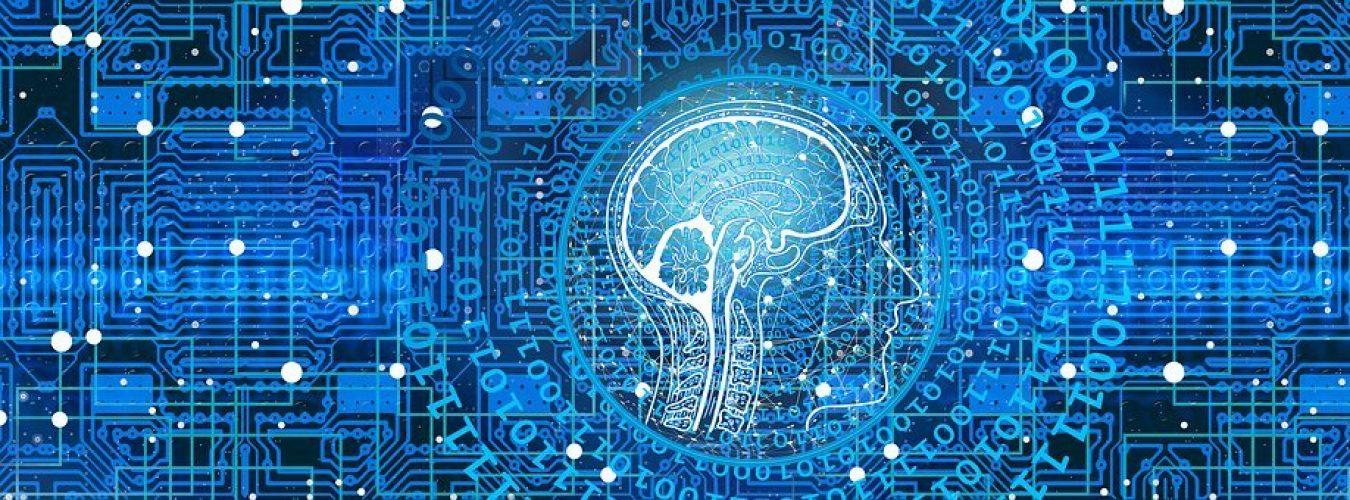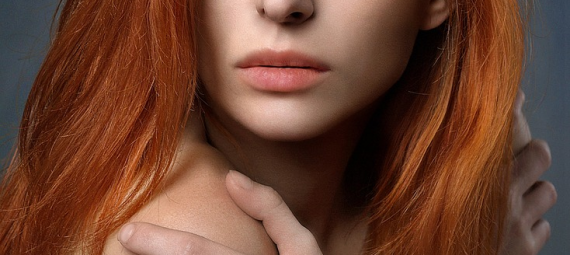Yes, beauty may be in the eye of the beholder, and an algorithm can even decide who will find you attractive and who won’t
Despite the difficulty in defining what constitutes an attractive face, artificial intelligence can be utilized to examine the relationship between unattractive and attractive faces.

AI can imitate complex cognitive functions and assist in understanding human emotions and moods by analyzing data. Research demonstrates the promise of AI in this area.
The several face databases created for studies on facial attractiveness using cognitive psychology and artificial intelligence. To investigate the effects of various face traits on the assessment of facial attractiveness among various age groups, researchers created a Chinese face database including individuals of various ethnicities, genders, and ages. Also, they created a database of Chinese faces and suggested a geometric feature-based face attractiveness evaluation model.
Studying the aesthetic traits and trends of Chinese men via the lens of era development. Men from various eras. In 2020, they suggested a thorough system for evaluating facial attractiveness that takes into account the combined effects of skin texture, facial shape, and face structure aspects. The experimental findings demonstrated that the Pearson correlation coefficient rose to a maximum value of 0.806 when these three traits are combined.
A statistical measure known as the Pearson correlation coefficient assesses the degree and direction of a linear relationship between the two variables. A value of -1 denotes a totally negative correlation, a value of 0 denotes no connection, and a value of 1 denotes a perfectly positive correlation. A greater value for
The Pearson correlation coefficient suggests that the two variables under comparison have a stronger linear relationship.
The Pearson correlation coefficient is used in facial attractiveness studies to assess the link between various face traits and face attractiveness scores. Researchers utilize the coefficient to determine the strength and direction of the relationships between the various traits and the perception of face beauty. For instance, the Pearson correlation coefficient was utilized to assess the combined impact of face structure features, facial structure features, and skin texture features on face attractiveness scores in the 2020 study that was previously stated. The stronger the relationship between these characteristics and perceived facial attractiveness, the greater the Pearson correlation coefficient between these characteristics and face attractiveness.
References:
file:///D:/Downloads/fnins-16-1024316.pdf

